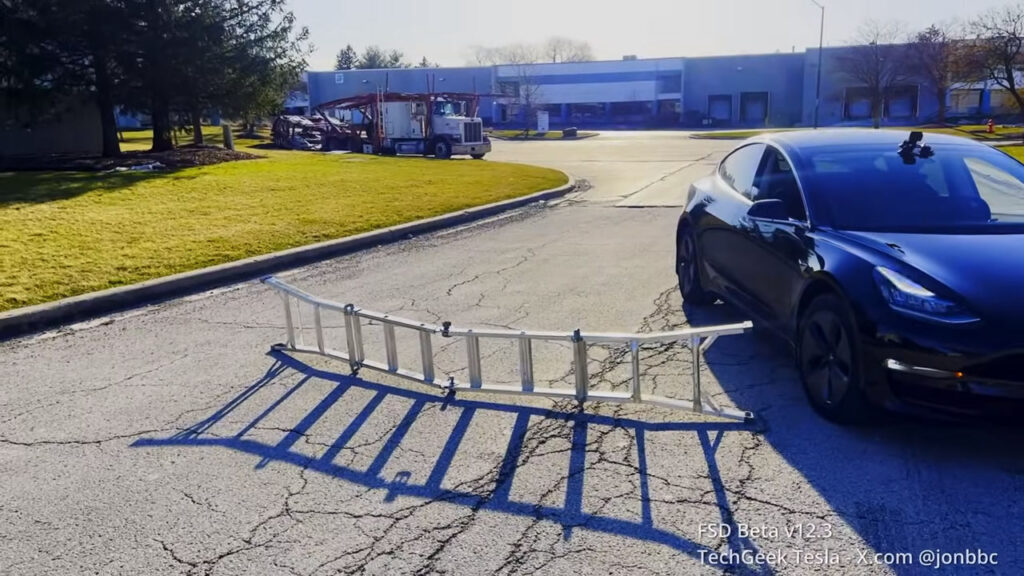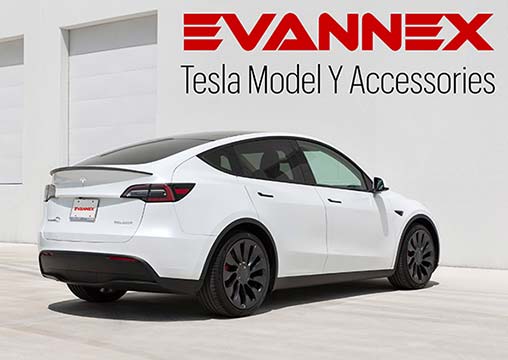Autonomous vehicles are gaining popularity among new and seasoned drivers, but a commonly posed concern is how they handle fixed road obstructions. This is a significant concern for many drivers, as putting their trust in a self-driving car is difficult, especially with limited knowledge. However, machines like those put out by Tesla have the technology to combat various fixed hazards, while still adapting to surprise road conditions.
To understand how autonomous cars avoid items on the road, one must first understand how they work. Teslas are specifically designed to use the Autopilot feature that uses multiple cameras and powerful neutral net processing to see and interpret the surrounding environment. As Tesla Autopilot scans the area, its onboard computer processes the continuous input to ensure it makes the most informed decision every millisecond.
Manufacturers like General Motors, Audi, BMW, Waymo, and Volvo have similar technology. All their machines are equipped with sensors and cameras to help them make informed decisions about steering, acceleration, and braking.

When thinking about autonomous automobiles, it’s vital to understand the types of issues they may encounter. These vehicles use different sensors and high-quality processors to handle obstacles efficiently, but what is a fixed road obstruction?
Permanent road obstructions may include passive barriers, like bollards and raised concrete, or active barriers, like crash beams, overhead clearance bars, and railroad crossings. For an autonomous vehicle, navigating means differentiating between the two and acting accordingly. Self-driving cars can use their high-quality technology to limit the number of accidents or collisions.
Automated transportation can avoid hazards through data collection with the processing feature included in its hardware. As the vehicle’s system interacts with different environments and road obstructions, its computer becomes familiar with the area. The number of unrecognizable situations by autonomous machines will decrease as the processing systems collect and roll out data as massive software updates and more hazard exposure.
Self-driving cars are equipped to handle expected road obstructions, but their technology is still trying to adapt to road conditions that surprise the machine and the driver. Even though they have advanced sensors and processing systems, there are some conditions they’re not ready to handle, such as emergency vehicle exposure and last-minute accidents.
For example, self-driving automobiles struggle to identify road lines in difficult weather conditions and make tough decisions when faced with two major dilemmas. This is due to road infrastructures designed for human operators and not intelligent machines. Autonomous vehicle engineers are trying to address these problems quickly and efficiently, but there is still a lot to learn.
A major challenge of self-driving cars is deciding who is responsible for the vehicle when an accident occurs or if proper road laws are not followed. In a San Francisco memo, it was concluded that a citation cannot be issued if a car is operating in driverless mode. This makes it extremely difficult to hold others accountable if someone is hurt in the process.
Though self-driving cars continuously collect data to enhance their response to road obstructions, there are currently no regulations to ensure they have the same ability and safety features across the market. Currently, only 16 states hold legislation on independently operating vehicles. These laws are vague — they only include the definition of a self-driving car and if it is a requirement for an operator to be present.
Automated transportation still has a long way to go. Tesla and other companies are working diligently to ensure the safety of their vehicles, continuously learning about how the technology deals with difficult situations and handles road obstructions. As time continues, drivers and the general population will have a better understanding of these machines’ capabilities, and autonomous cars will be able to handle any obstacle thrown their way.
Stay tuned for constant Tesla updates, follow us on:
Google News | Flipboard | X (Twitter) | WhatsApp Channel | RSS (Feedly).
Related Stories:
- Tesla shares video & details of the first fully autonomous Model Y delivery to the customer using Robotaxi FSD
- First Tesla Model Y delivers itself from Giga Texas to a customer in Austin — max speed: 72 mph
- Tesla FSD Cortex AI supercluster is running at full capacity, confirms Elon Musk
- Tesla Robotaxi Austin launch was a success (rider reviews)
- Tesla offers 0% APR for Cybertruck orders with FSD (ends soon)
- Elon Musk confirms Tesla Robotaxi service Austin launch in June, potential hurdles, more








